It might look overwhelming in pictures but taking some time to create it in your yard is worth it due to the numerous benefits it offers. Not only does it allow for easier access to the plants from all sides, but it also keeps the garden weed-free and gives you better control over the quality of the soil.
If you don’t have the time to build one properly, just stack some bricks to form a raised bed to separate the growing area from the rest of the space. You’ll never want to go back. In this guide, we'll walk you through the steps of layering and maintaining a raised bed garden and some features of fabric-raised beds for home gardens.
Benefits of Growing Vegetables in a Raised Bed:

- When you grow vegetables in a raised bed, you will have more control over the quality of your soil. It becomes easier for the plants to grow because the soil is not too compact, and it lets water flow through it better.
- Plants growing in raised beds do not have to compete with other weeds as much and hence get all the nutrients from the soil.
- Because the soil in a raised bed doesn't get stepped on as much, it doesn't get squished down. This helps keep the soil fluffy and stops it from washing away when it rains. Hence, there is less soil erosion.
- When you garden in a raised bed, you don't have to bend down as far to take care of your plants. This makes it easier to plant, weed, and harvest them.
- Since raised beds provide the perfect environment for plants to grow, you can get more vegetables from the same space. That means you'll have more food to enjoy.
- The soil in raised beds also tends to stay warmer than the rest of the land which leads to better germination of seeds.
Factors That Affect Yield in a Raised Bed:

- Varieties Being Grown: Choose seed varieties suited to your climate in a particular season and growing conditions. For example, most herbs grow well in the spring season in some parts of the country while some regions in India are ideal to grow herbs in autumn as well.
- Material of the Raised Bed: Opt for durable and non-toxic materials like fabric raised beds, which offer superior aeration and root development compared to plastic or wooden ones.
- Drainage: This is the most important factor when it comes to growing vegetables and herbs in a raised bed. Ensure proper drainage to prevent waterlogging and root rot.
How to Calculate the Total Amount of Soil Needed:

Calculate the volume of your raised bed by multiplying its length, width, and height. Use the formula:
Total Soil Volume = Length (ft) x Width (ft) x Depth (ft)
For example, a raised bed measuring 4 feet by 8 feet and 1 foot deep would require 32 cubic feet or 907 litres of soil.
Ideal Layering of a Raised Bed:

- First Layer - Mulch: Helps retain soil moisture, suppresses weeds and protects topsoil against extreme temperatures.
- Second Layer - Compost: Provides essential nutrients for plant growth.
- Third Layer - Well-Draining Soil: Ensures proper root development and moisture retention.
- Fourth Layer - Shredded Wood/Grass Clippings/Dry Leaves: Improves soil structure and retains moisture.
- Fifth Layer - Gravel: Facilitates drainage and prevents water logging.
Maintaining Raised Beds:

- To maintain raised beds, it's important to water them regularly so that the soil stays evenly moist. This means giving the plants enough water but not drowning them.
- Adding mulch to the raised beds helps to stop weeds from growing and keeps the soil moist. Mulch is like a protective blanket for the soil in all kinds of extreme weather.
- Now and then, it's good to give the plants some extra nutrients. You can do this by adding organic compost made from kitchen waste or liquid fertilizer like organic seaweed to the soil.
- Keep an eye out for any bugs or diseases that might harm the plants in the raised beds. If you spot any, take action to get rid of them and protect your plants. Use homemade soap spray, chilli garlic spray or diluted neem oil to control pests in the plant. Proper drainage in a raised bed will prevent most root-borne diseases.
Benefits of using Fabric-Raised Beds:

- Available in a range of sizes including Giantree Raised Bed (24x24x12 inches), Fammery Raised Bed (48x24x12 inches), and Levitate Raised Bed (72x36x12 inches), offering versatility for different garden spaces.
- Made from breathable fabric that promotes aeration and root growth.
- Durable and reusable, withstanding multiple growing seasons. Just wash them in soapy water and they are good as new.
- Lightweight and portable, making them ideal for urban gardens or renters.
- Environmentally friendly alternative to plastic or wooden raised beds. Plastic and wooden raised beds might get too heated up in direct sunlight during the summer months. Fabric-raised beds are a better alternative to them.
Now you know all the ins and outs of growing your kitchen garden in raised beds. To conclude, select high-quality seeds, and fertile soil, and ensure adequate drainage to make the most of your raised bed garden.


 Sign In
Sign In



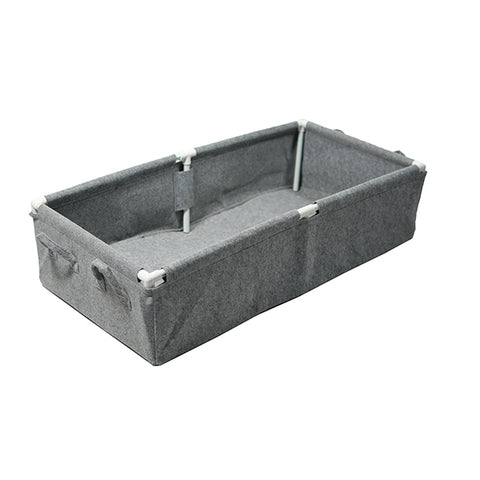
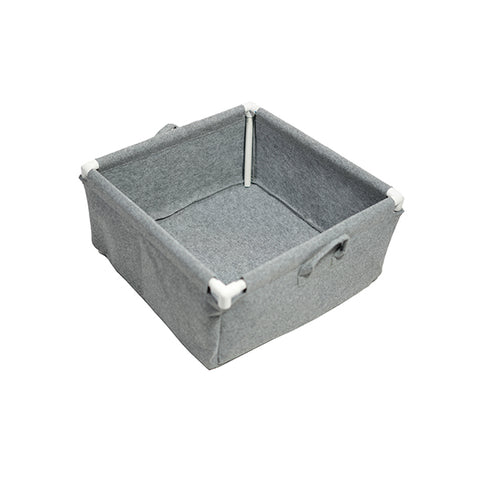
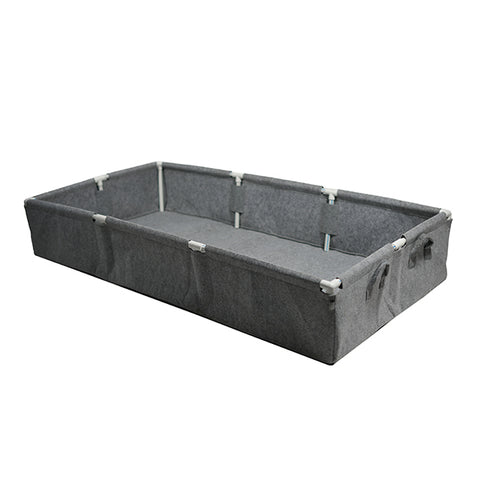
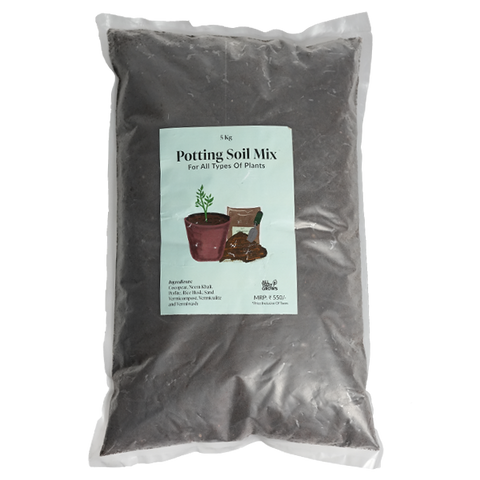
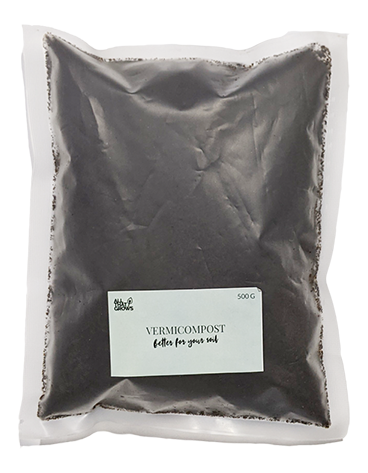
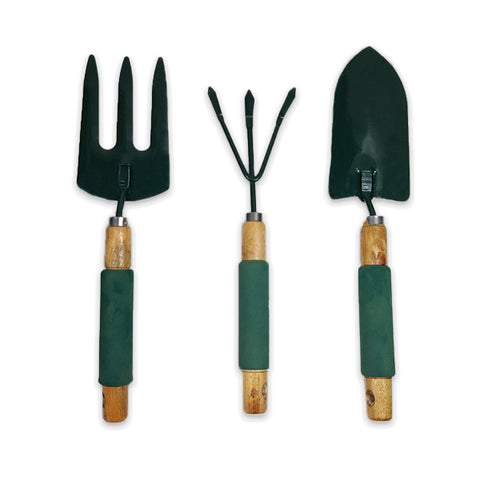







Let us know your feedback
* Comments must be approved before being displayed.